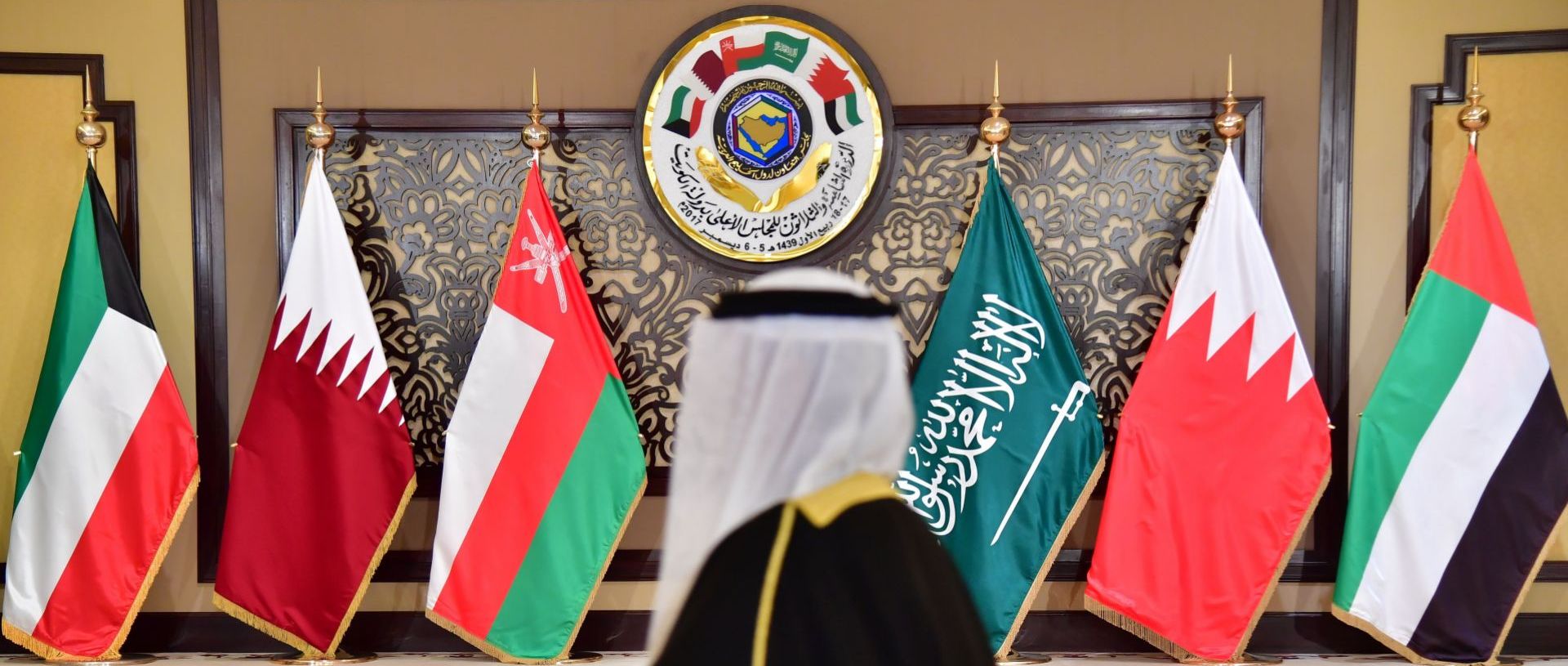Freight rates for supertankers have spiked following the US’s expanded sanctions targeting Russia’s oil industry, prompting traders to secure vessels for alternative supply routes to China and India. The sanctions aim to limit Russia’s revenue from oil exports amid its ongoing war in Ukraine.
Chinese and Indian refiners are increasingly seeking non-Russian crude as the sanctions disrupt supply chains. Many of the affected tankers are part of a so-called shadow fleet, which transports Russian, Iranian, and Venezuelan oil while circumventing Western restrictions. Recent measures by the US, UK, and European Union have targeted 35% of the 669 shadow fleet vessels, according to Lloyd’s List Intelligence.
The sanctions have particularly impacted tankers shipping Russian crude to China and India, which had previously benefited from discounted supplies following Europe’s ban on Russian oil. The restrictions also hit vessels involved in transporting oil from Iran, another sanctioned country.
In response, Chinese state refiners, including Unipec—the trading arm of Sinopec—have booked multiple Very Large Crude Carriers (VLCCs) to transport oil from alternative sources such as Europe and Africa. Among recent purchases are 2 million barrels of Norway’s Johan Sverdrup crude and smaller shipments from Senegal, Ghana, and Angola, traders reported.
Anoop Singh, global head of shipping research at Oil Brokerage, said the shift to alternative crude supplies is driving the surge in freight rates. Since Friday, Unipec has booked at least eight tankers to ship oil from the Middle East, with other buyers such as PetroChina and Rongsheng also securing vessels for similar routes.
Rates for the Middle East-to-China route (TD3C) climbed 39% since Friday to $37,800 per day, the highest level since October, according to shipbrokers. Meanwhile, freight costs for Aframax tankers shipping ESPO blend crude from Russia’s Kozmino port to northern China more than doubled to $3.5 million on Monday, reflecting heightened premiums amid limited vessel availability.
Adding to the strain, some sanctioned tankers are stranded near China’s Shandong province after port authorities imposed a ban on their discharge, further tightening supply. Analysts at Vortexa estimate that over 85% of Russian crude voyages to Shandong involved newly sanctioned tankers.
Kpler analysts predict continued market disruption as traders seek unsanctioned vessels for transporting Russian and Iranian crude, potentially pulling new ships into the shadow fleet and limiting availability in the non-sanctioned market.
Middle East crude benchmarks have also rallied, with premiums for Dubai, Oman, and Murban crudes reaching year-long highs of around $4 per barrel. Freight rates for VLCCs on other major routes, including West Africa to China, have also climbed sharply, reflecting the market’s tightening.

